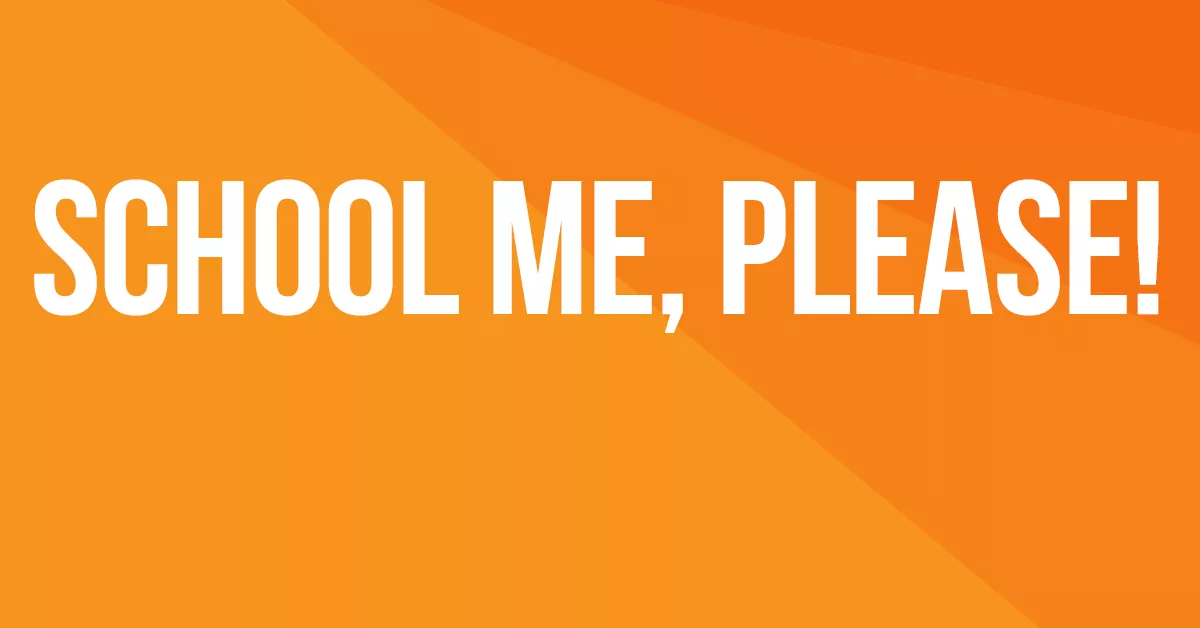School Me, Please is the advice column where early career educators can come for individualized guidance from seasoned educators who have a passion for mentoring. Have a problem or question for one of our experts to address on the blog? Send it to us via email at [email protected].
I find that my first graders are easily distracted, whether it's with what’s going on outside or sometimes just with the things on their desks! What’s the best way to get students back on task when they get distracted?
- Hey, I'm Teaching Over Here
Dear Hey, I'm Teaching Over Here,
No classroom is immune to distractions and distracted students. From the alarm of a fire drill, to an unexpected announcement over the PA system, to something as simple as a pencil rolling off a desk, distractions happen! And quite honestly, they don’t just happen to our students, regardless of age, they even happen to the most experienced teacher. How do we combat this? We do what any teacher would do, have a strategy: consider distractions as we make and revise lesson plans and, when distractions do occur, make reactions a teachable moment.
The first step of our strategy deals with instructional planning and delivery. As you’re creating and revising your lesson plans, consider why distractions might happen how you can avoid them. The following questions can help: Is the lesson engaging and age-appropriate? How long does teacher delivery and student work take? Can my plan be broken into small tasks? Have I created “brain breaks”? Can movement be incorporated into the tasks? After reflecting, make the necessary changes where you anticipate distractions popping up and focus on fostering seamless transitions between on and off tasks for teachers and students.
The next step is to teach about distractions as they occur. For example, suppose you are in the middle of a math lesson. A student’s pencil rolls off the desk and they dives after it. While your first instinct may be to become frustrated and reprimand the student, a teachable moment would be to respond by saying, “Let’s use our pencils to count out the problem on the board.” Now, I know this was not part of the original lesson, but it didn’t shame or embarrass the student, it got their classmates more engaged, and it prevented the distraction from taking away from learning.
Another simple approach, as part of your classroom management plan, is to discuss distractions as you talk about your rituals and routines. When establishing and teaching classroom expectations, have lessons that include different scenarios to teach students what to do when distractions occur and ways to reduce how often they are distracted. Simple things like limiting the number of items on their desk or using quiet hands and feet can be helpful.
The idea with each approach is to reflect, revise, teach, repeat!
By Shenita Shands, Georgia


